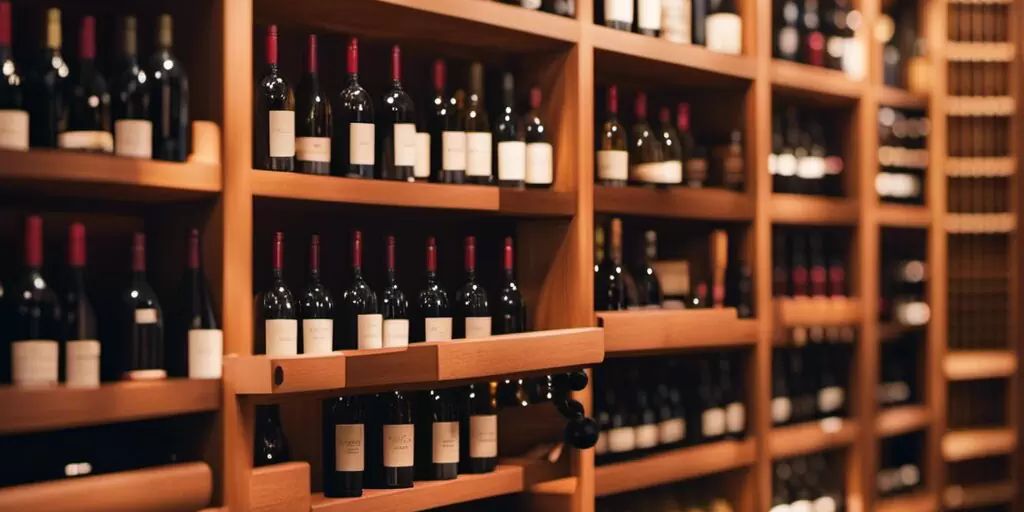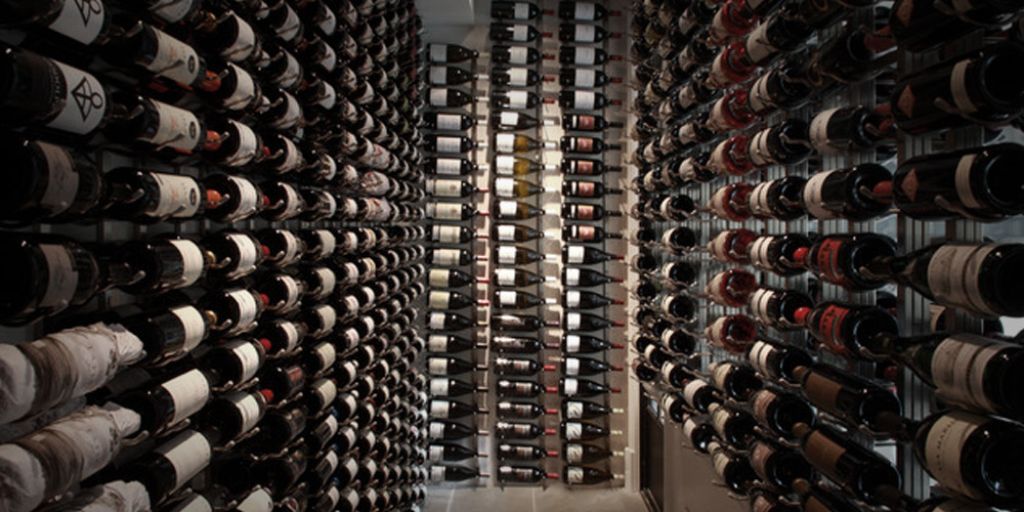For wine lovers, collecting bottles is a joyful journey. Each one may tell a story: a vintage discovered on a vacation, a bottle gifted on a birthday, or one saved for a future celebration.
But as your collection grows, it can quickly become a challenge to manage. Do you have a bottle ready to drink this week? What’s aging in the back of the cellar? Where’s that rosé you bought last summer?
Whether you own ten bottles or several hundred, organizing your wine collection can enhance your enjoyment, help preserve your investment, and make every sip more intentional. Here’s how to keep your wine collection organized without stress or snobbery—just practical tips that work.
1. Choose the Right Storage Method
Before you even think about labeling or sorting, your wine needs a proper home. Where and how you store your wine affects not only its quality but also your ability to manage the collection.
Ideal Storage Conditions:
-
Temperature: Keep wine between 45–65°F, with 55°F as the sweet spot.
-
Humidity: Aim for 50–70% to prevent corks from drying out.
-
Light: Store away from sunlight to prevent heat damage and lightstrike.
-
Vibration: Wine should rest peacefully—keep bottles away from washers, dryers, or anything that shakes.
Storage Options:
-
Wine fridge: Great for small to mid-sized collections, especially in apartments.
-
Wine rack or cellar: For those with more space or serious ambitions.
-
Closet or cabinet: A cool, dark corner can work fine short-term for young wines.
Once you’ve established a consistent and safe environment, it’s time to get your system in place.
2. Sort by Category That Suits You
There’s no single “right way” to organize a wine collection. It depends on how you use your wine. Do you collect based on region? Are you aging wines for years, or drinking them regularly? Here are several ways to sort:
By Type:
-
Red, White, Rosé, Sparkling, Dessert, Fortified
-
This is a great first-level sort for easy browsing.
By Grape or Varietal:
-
Cabernet Sauvignon, Chardonnay, Pinot Noir, etc.
-
Ideal for those who favor specific styles or want to compare different expressions of the same grape.
By Region:
-
France (Bordeaux, Burgundy), Italy (Tuscany, Piedmont), California, etc.
-
Perfect if you enjoy learning about terroir or buying from global producers.
By Vintage:
-
Sorting by year helps track aging and decide when to open bottles.
By Drinkability:
-
Create sections like “Drink Now,” “Hold,” and “Special Occasion.”
-
Helps prevent accidental early openings and encourages you to enjoy bottles before they fade.
Mix and match systems if it suits your needs. A combo like “Type > Region > Vintage” is commonly used by collectors.
3. Label Your Bottles (and Your Shelves)
You don’t need to be a spreadsheet wizard to create a simple labeling system. Even small efforts make a huge difference when you’re trying to find a bottle quickly.
Labeling Tips:
-
Use neck tags or hanging tags with basic info like grape, vintage, and region.
-
Color-code tags (e.g., green for “Drink Now,” blue for “Age,” red for “Special”).
-
If using wooden racks or bins, label the sections visibly so you can find wine at a glance.
Bonus: use erasable chalkboard tape or mini whiteboards on shelves if you like to update things often.
4. Use a Wine Inventory App or Spreadsheet
For collections larger than 15–20 bottles, having a digital record makes tracking much easier.
Popular Wine Apps:
-
CellarTracker – Offers robust features, crowd-sourced tasting notes, and inventory management.
-
Vivino – Great for scanning bottles and logging basic info.
-
VinoCell – Excellent for organizing by location within a cellar or fridge.
If apps aren’t your thing, a simple spreadsheet works wonders. Columns might include:
-
Wine Name
-
Grape/Varietal
-
Region
-
Vintage
-
Price
-
Date Acquired
-
Optimal Drinking Window
-
Storage Location
-
Tasting Notes (once consumed)
This setup can help you identify trends, track values, and avoid the heartbreak of missing the prime drinking window.
5. Keep a “Drink Soon” Section
Wine doesn’t last forever, and not all bottles are meant to age. Create a small dedicated area in your storage—physical or digital—for bottles that are approaching their peak.
This could be a shelf in your wine fridge, a basket in your pantry rack, or a filtered tag in your app. Periodically reviewing this section helps prevent waste and prompts you to enjoy wines while they’re still shining.
6. Organize for Accessibility
Your organization system should match how you live and drink. If you entertain often, consider placing easy-drinking reds and versatile whites within arm’s reach. Keep rare or long-term aging bottles in harder-to-reach areas, where they won’t be disturbed.
If you have a wine fridge with multiple temperature zones, place whites and sparkling in the colder zones and reds up top.
Want quick access for casual dinners? Keep a couple of everyday bottles in the kitchen (just not next to the oven!).
7. Review and Rotate Regularly
Your wine preferences evolve. So does your inventory. Set a reminder to check your collection every few months. Look for bottles to drink soon, update inventory records, and adjust your labeling if necessary.

Rotating bottles within a fridge or rack also helps keep them evenly aged, especially if lighting or temperature distribution isn’t perfect.
8. Don’t Hoard—Celebrate and Share
The ultimate goal of collecting wine isn’t just to admire it—it’s to drink it! Don’t let your best bottles linger too long. Birthdays, anniversaries, and spontaneous Tuesday night dinners are all valid reasons to pop a cork.
Sharing a great wine with friends or family adds even more meaning to your collection. Keep a few “open me anytime” bottles on hand so you’re always ready for a spontaneous pour.
Conclusion: Let Your System Fit Your Style
An organized wine collection doesn’t need to be rigid or intimidating. Whether you keep bottles under the stairs or have a temperature-controlled cellar, the best system is one that helps you access, enjoy, and appreciate your wine more.
By categorizing your bottles in a way that makes sense to you, using digital tools or tags to stay on top of inventory, and routinely reviewing what you’ve got, you’ll gain not just clarity—but confidence. Every bottle becomes easier to find, and every glass becomes more enjoyable.
Wine collecting isn’t just about the liquid in the bottle—it’s about the memories, the anticipation, and the pleasure of discovery. And with an organized collection, you’ll never miss the perfect moment to enjoy the right wine.
Cheers to that!


